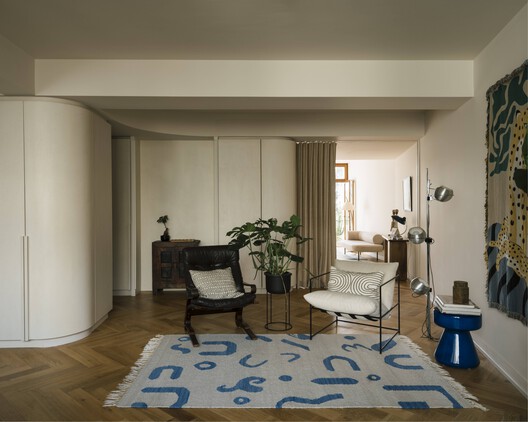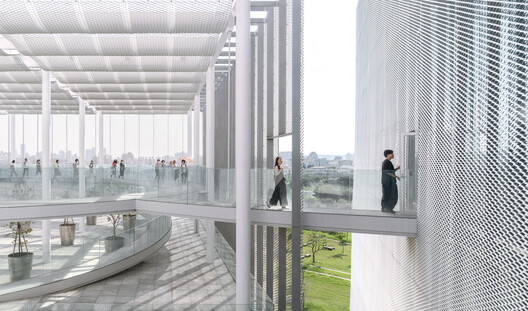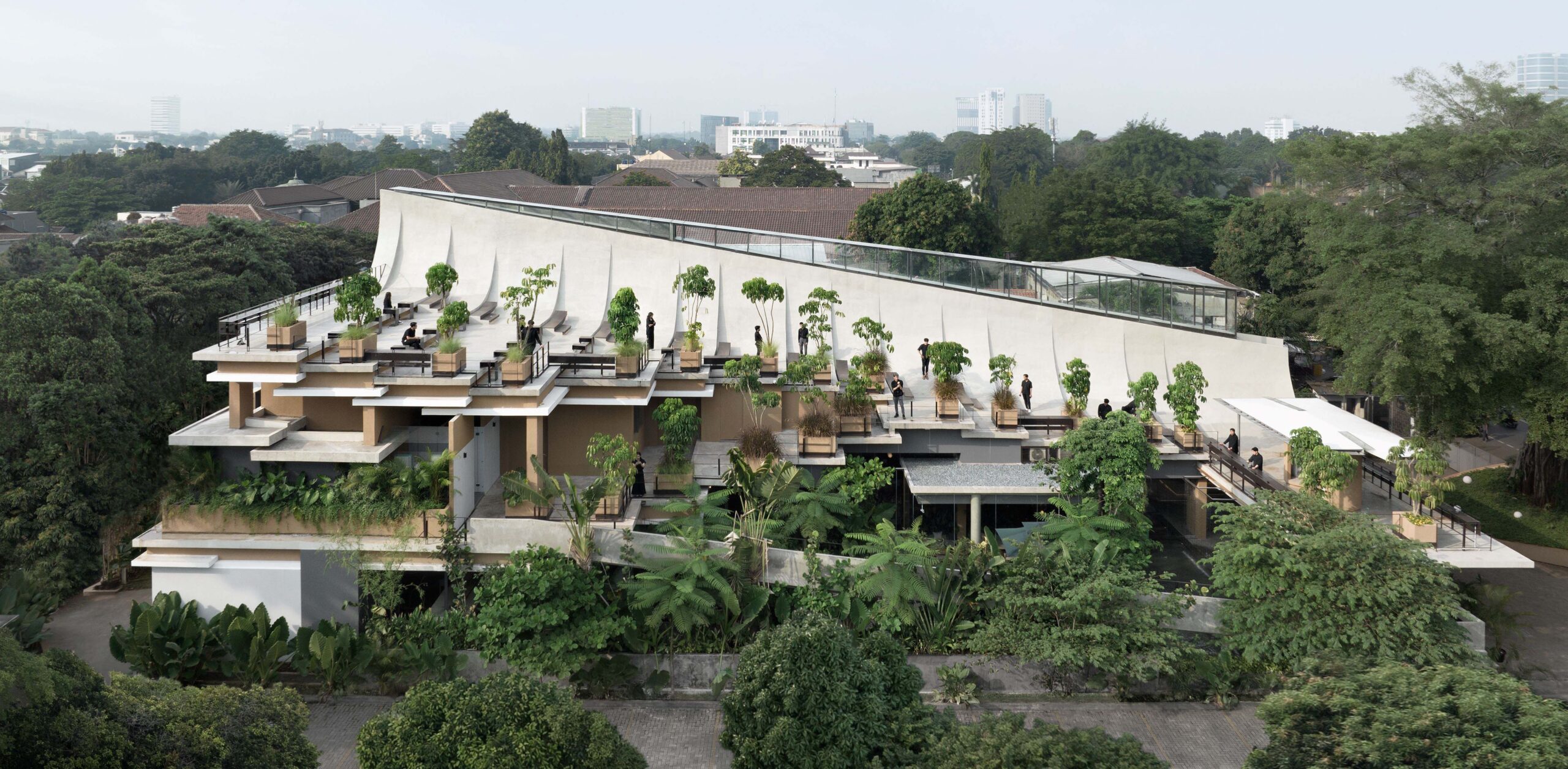Hudson Architects brings cob construction into the 21st century with CobBauge House


For the next instalment in our Building with Cob series, we take a look at the first home to be built with CobBauge, a cob construction system developed to meet modern building regulations.
Designed by UK studio Hudson Architects, CobBauge House is a one-storey home completed in Norfolk in 2023 as an example of low-carbon architecture made from cob – an unfired earth-based construction material consisting of clay-rich earth, water and fibrous material such as straw.
Hudson Architects set out to prove that the material could be a contender in sustainable and contemporary construction.

While cob is an ancient building material that has been used for housing around the world, Hudson Architects' Norfolk home is the first residential project to be constructed from CobBauge.
CobBauge is a composite wall system comprising two grades of cob bonded together, which achieves improved thermal insulation when compared to a traditional cob wall of the same thickness and meets current regulations in the UK for insulation.
The system began its development in 2017 led by researcher Steve Goodhew at the University of Plymouth, with funding from the European Union and with partners from France and the UK, including Hudson Architects.

"We have been interested in earth building, especially with monolithic wall construction, but this wasn't practical with today's requirements for environmental performance," Hudson Architects founder Anthony Hudson told Dezeen.
"The research project wanted to address this and make it possible," he added.

A dense 300-millimetre inner wall forms a structural layer, made from a standard cob mixture of earth, straw and water, with added aggregate for additional strength.
This was combined with the lightweight insulative layer on the outer face, also measuring 300 millimetres thick, made with a higher clay content and hemp shiv.
The two layers were built within a mesh formwork. While traditional cob construction doesn't require formwork, CobBauge utilises it to help speed up the dry time, which can otherwise be slow.

Once CobBauge is dry, it forms a solid wall that is both thermally and structurally compliant with building regulations. At CobBauge House, they sit on a brick plinth and are coated in lime render.
Cross-laminated timber (CLT) forms the structure for a ply membrane roof, which overhangs the cob walls by 300 millimetres to provide shelter. The home's entrance is set back to form a covered front porch.
Raising walls on plinths is a standard practice in earthen construction to prevent water damage from direct contact with the ground. Similarly, roof overhangs help protect earthen walls from driving rain.
"Sitting on the edge of Fakenham town on a side street, we wanted to address the street with a covered area doubling up as an entrance and verandah for sitting out," said Hudson.
"A brick plinth creates a horizontal base which emphasises the horizontality of the building as a whole," he continued.
"Both elements respond to the practical needs of earth building – a good 'hat and boots'."

In the living room, Hudson Architects has created an opening in the render, or truth window, to reveal the CobBauge construction.
Hudson explained that while CobBauge opens up more possibilities for earth construction, there are still some limitations.
The in-situ cob construction at CobBauge House could only be carried out between February and October due to the temperature required for the material to dry, and the home's design needed to factor in movement for shrinkage.

The construction method used at CobBauge House was also labour-intensive, as it involved manually tamping the two earth layers within the formwork.
"All of these issues have led us to consider a prefabricated system, but we are yet to be successful in getting a research grant to look at this in detail," said Hudson.
Despite this, Hudson believes CobBauge is a worthwhile building material because of its numerous benefits, including its low embodied energy, low cost and high thermal mass. It is also recyclable, breathable and can absorb volatile organic compounds (VOCs).
The home also achieved an embodied carbon of 588 kilograms of CO2 equivalent per square metre, which is close to half that of a typical new-build home in the UK.
"[We hope to] develop a system that can be rolled out commercially to build our much-needed low-energy homes across the UK," he concluded.
In an interview with Dezeen, CobBauge project lead Goodhew said CobBauge has "unpicked the major technical barriers and the training barriers" to using cob.
To encourage its uptake, he believes awareness of the material now needs to be widened through precedents such as Hudson Architects' CobBauge House.
"Once you start and people know that this is actually an option, then they will pick it," said Goodhew. "I don't think people know that this is an option."
The photography is by Joakin Borén.

Building with Cob
This article is part of Dezeen's Building with Cob series investigating modern uses of cob – an ancient building material made from clay-rich soil, straw and water – and exploring whether it can become a mainstream alternative to planet-damaging construction methods.
The post Hudson Architects brings cob construction into the 21st century with CobBauge House appeared first on Dezeen.



















































